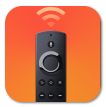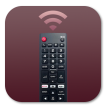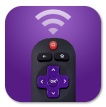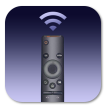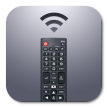
Streaming your PC to your TV is a great way to enjoy your favorite movies, shows, and games on a bigger screen. You can turn your living room into a home theater or gaming den with the right setup. In this post, we'll explore four different methods to stream PC to TV and help you choose the best option for your needs.
Table of Content
How to Stream PC to TV via CastSender
CastSender is an application offered by BoostVision that allows you to share screens and different types of media files between your PC and Chromecast-enabled TV. To provide a better visual experience with the app, the developer makes the app automatically convert the video files to the most appropriate format on the TV.
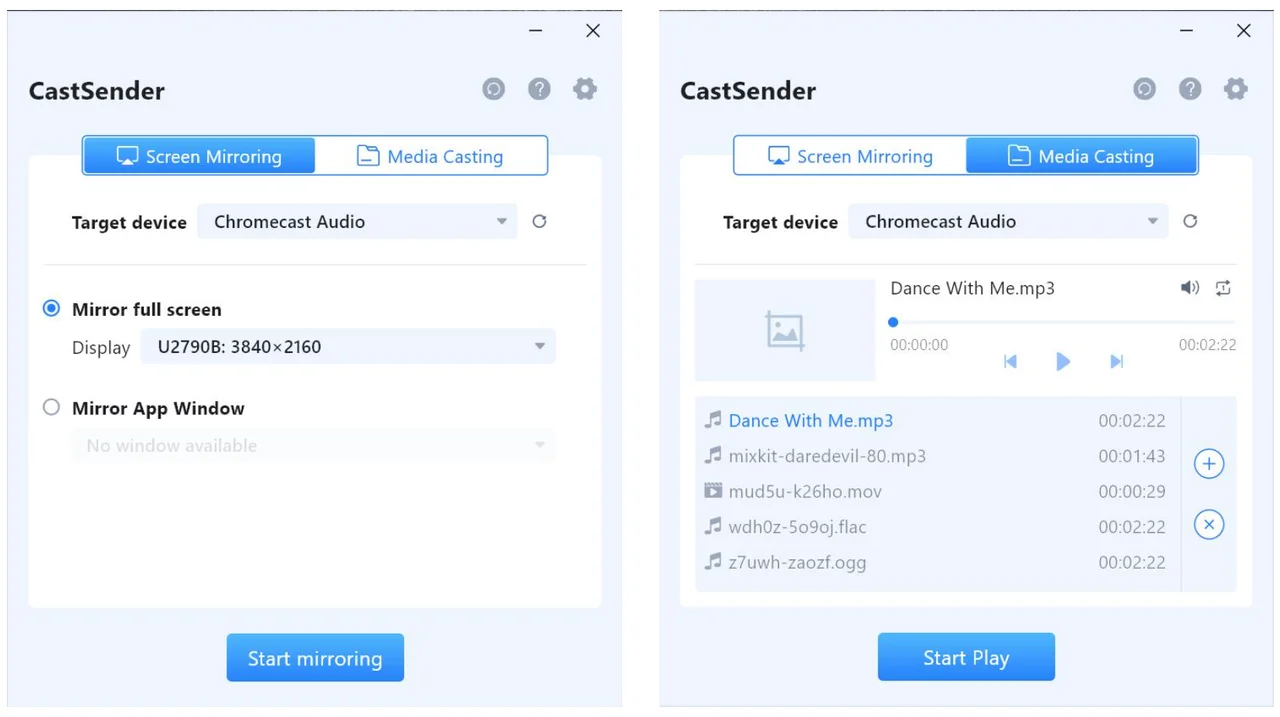
After getting the app on your computer, you can perform the steps below to stream the computer to your TV:
Step 1. Your PC and TV are connected to the same Wi-Fi network.
Step 2. Launch it on your computer and connect it to your computer by following the on-screen instructions.
Once the connection is done, you can enjoy a screen share without any additional devices.
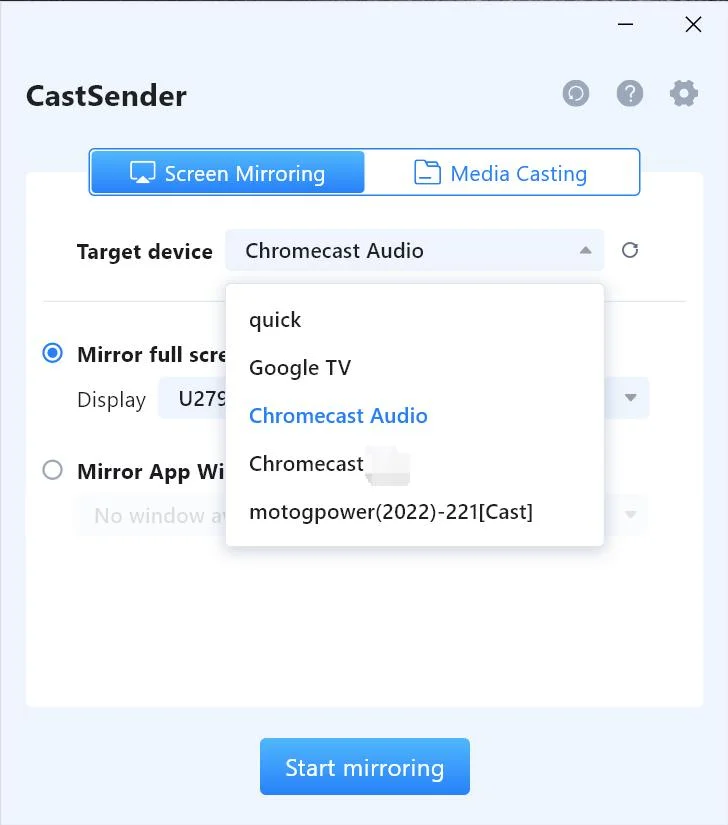
How to Stream PC to TV via HDMI Cable
One of the simplest ways to stream PC to TV is through an HDMI cable. HDMI stands for High-Definition Multimedia Interface. It allows audio and video signals to be transmitted from your PC to your TV.
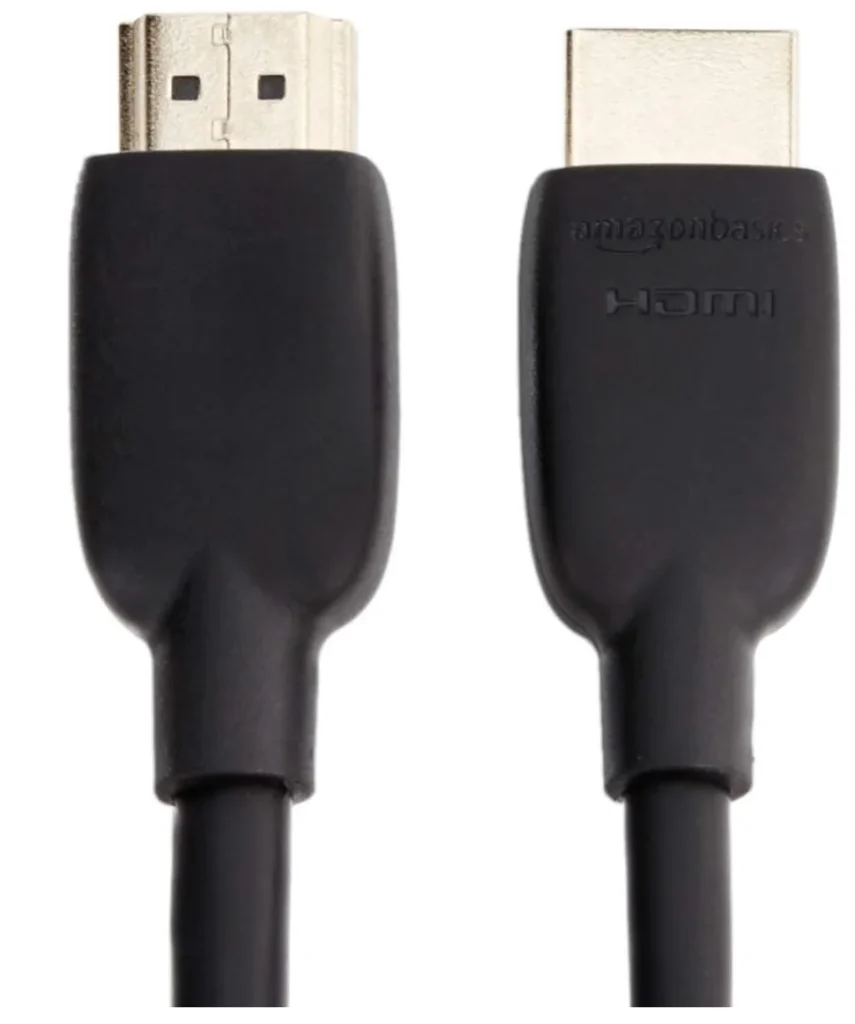
Using an HDMI cable for streaming is widely adopted as most modern TVs have at least one HDMI port, and some even have multiple ports for connecting to HDMI-compatible devices. Check if your TV has an HDMI port (the port is typically located on the side panel or back of the TV).
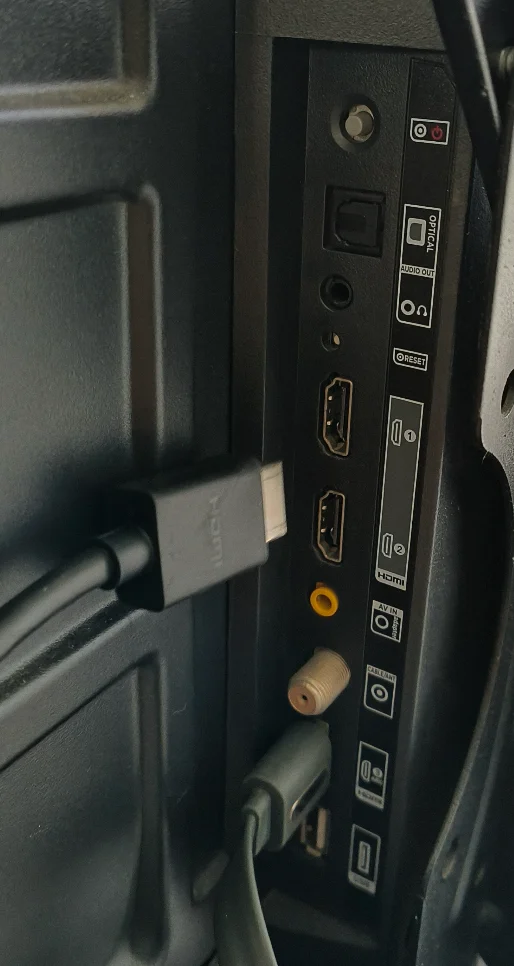
Here's how to stream from PC to TV using an HDMI cable:
Step 1. Prepare an HDMI cable. You can buy a new HDMI cable on Amazon.
Step 2. Connect one end of the HDMI cable to the HDMI port on your PC, and the other end to the HDMI port on the TV.
Step 3. Turn on your TV, press the input or source button on the remote, and switch the input source to the HDMI port you connected your PC to.
Your PC's display should now appear on your TV screen. Launch a PC game or something else, and then enjoy it on the larger display.
How to Stream PC to TV via Chromecast
Chromecast is a small device developed by Google that allows you to stream content from your PC, smartphone, or tablet to your TV wirelessly. It comes in two form factors: one looks like a USB thumb drive and the other is a dangling unit.
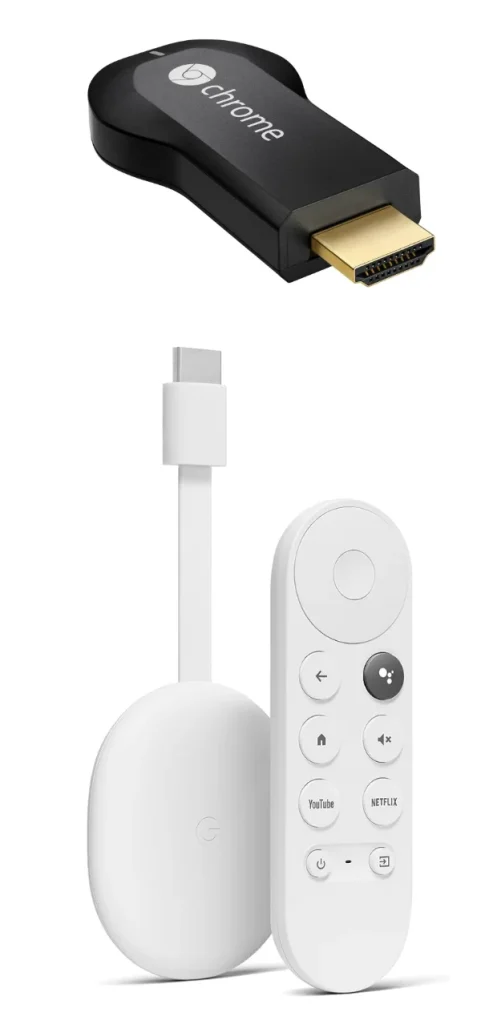
A Chromecast is inexpensive and easy to set up, so it's a convenient option if you don't want to deal with cables. Here's how to stream PC to TV wirelessly:
Note: Unlike mirroring a phone to TV via Chromecast, the Google Home app is not available on Windows. But don't worry, and the streaming procedure from PC to TV via Chromecast is also simple.
Step 1. Plug the Chromecast into your TV's HDMI port and connect the USB power cable. Switch your TV to the HDMI input where the Chromecast is connected.
Step 2. Connect the Chromecast to the WiFi network your PC uses.
Step 3. Install Google Chrome on your PC if you don't have the browser. Or update it to the latest version by clicking the three vertical dots in the upper-right corner and choosing Help > About Google Chrome if you already have it.
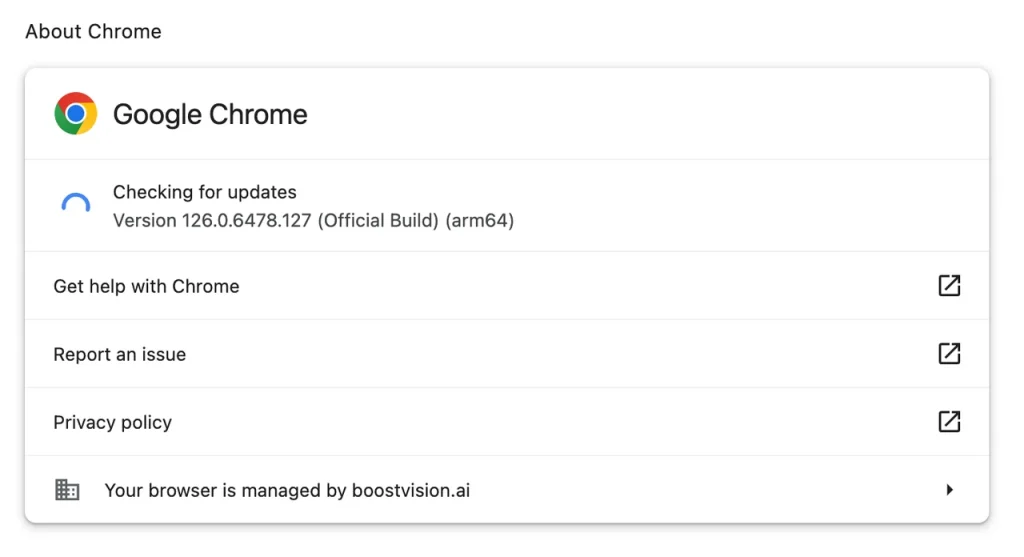
Step 4. After having the latest version of Chrome, click the three vertical dots again and choose the Cast option.
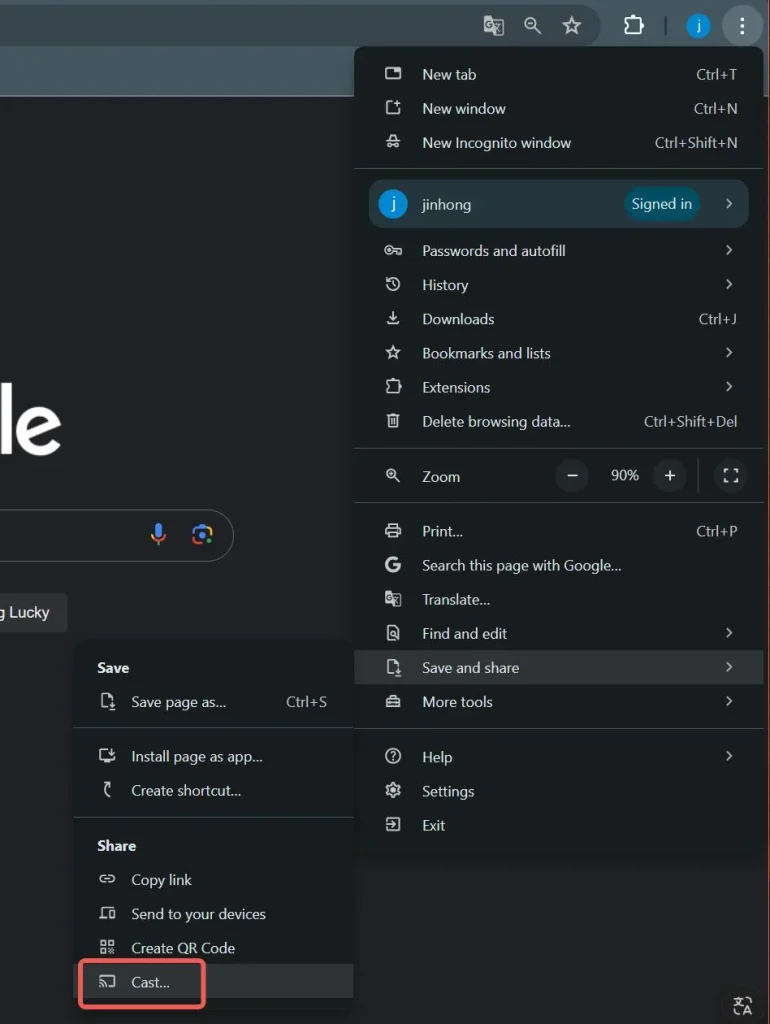
Step 5. You will see a pop-up window appear on the top middle of your PC screen. From there, click Cast to and choose Cast desktop as the source if you want to mirror the whole PC screen to your TV.
Tip: Choose Cast tab if you only need to display a tab on your larger display.
Step 6. Choose the Chromecast device you want to cast your PC to and wait for Chrome to set up the connection.
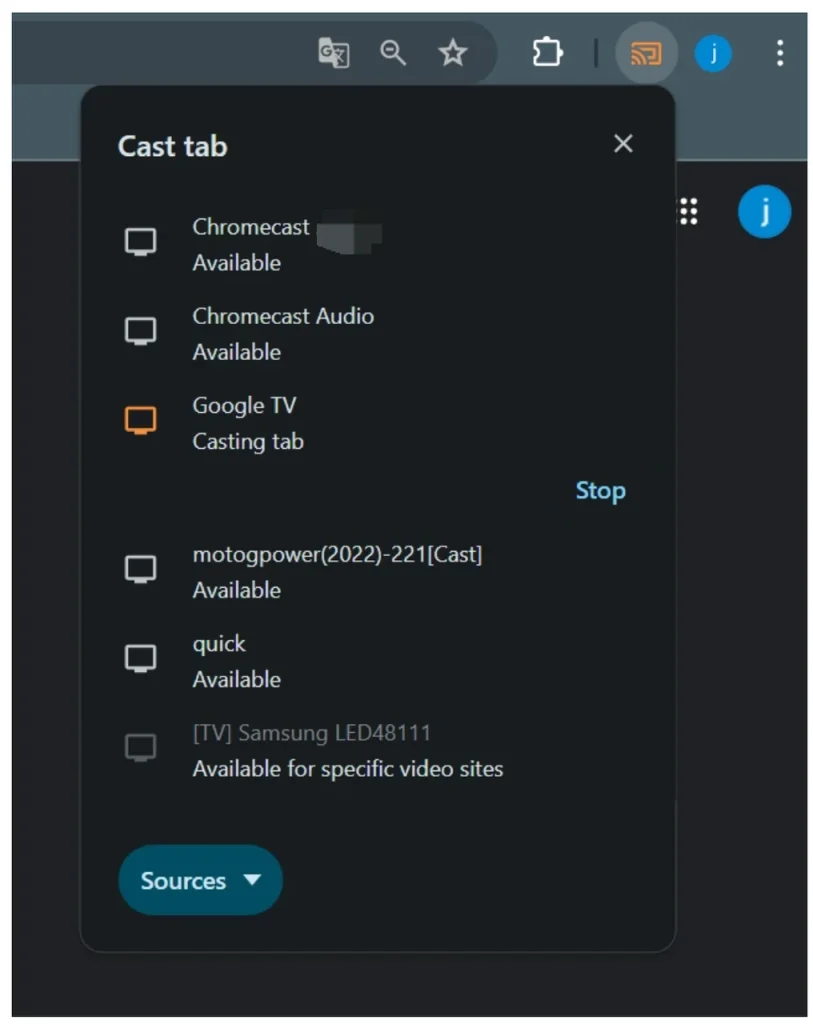
Step 7. Once it finishes, you can minimize the browser and stream PC games to TV. Your excellent gaming skills will be shown off on the larger display at the same time.
Step 8. When you want to end the sharing, go back to Chrome, click the Cast icon next to the three vertical dots, and click Stop.
How to Stream PC to TV via Miracast
Miracast is a wireless display technology that allows you to mirror your PC's screen to your TV without any additional hardware. However, both your PC and TV must support Miracast for this method to work.
Miracast support is built into many modern Windows PCs. Most Windows 8.1 and Windows 10 and 11 PCs support Miracast, but it also depends on your PC's hardware (WiFi adapter and graphics card). To see whether your PC supports Miracast or not, leverage the DirectX Diagnostic Tool:
- Press Windows + R to open the Run dialog box.
- Type dxdiag and press Enter.
- In the DirectX Diagnostic Tool, click the Save All Information... button at the bottom and save the DxDiag text file on the desktop for easy location.
- Open the text file and look for Miracast under System Information.
- If you see Miracast available, your PC does support the wireless display technology.
Many modern TVs and streaming players support Miracast. For example, LG Smart TVs (especially those running webOS) and Samsung Smart TVs (released after 2013) support Miracast.
To identify whether your streaming device has built-in Miracast, check the user manual that comes with the device and look in the specifications section for mentions of Miracast, Screen Mirroring, or Wi-Fi Direct. If you don't have the physical manual, search for your TV model's manual online. Most manufacturers provide digital copies on their websites.
Once you ensure that your PC and TV support Miracast, follow the steps below to start streaming. On different PCs, the steps vary, and the following is for reference only.
Step 1. Ensure that the two devices are connected to the same network.
Step 2. Press Windows + P on the keyboard at the same time and click the Connect to wireless display from the right-side menu.
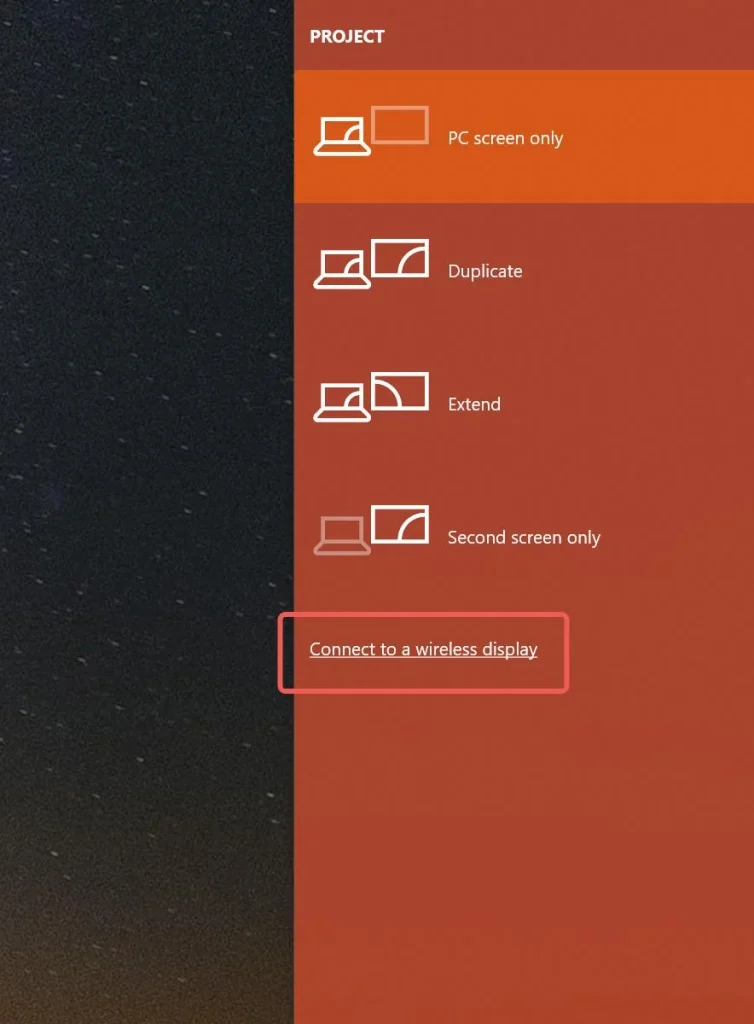
Step 3. Choose your TV name on your PC and choose Accept on your TV.
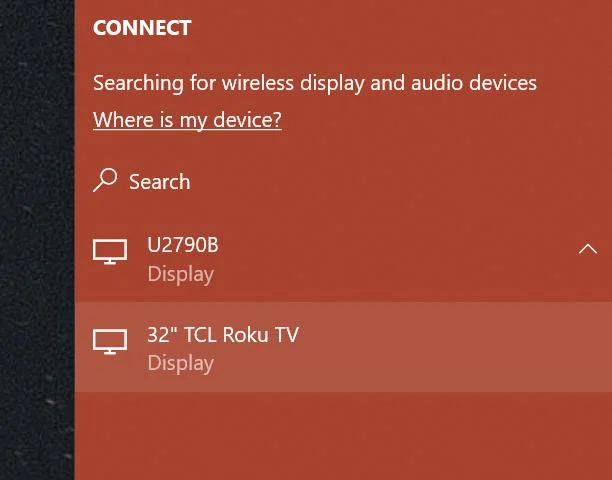
Then, your PC will connect to the TV a few seconds later and share the TV screen.
Tip: Compared to a PC screen, a phone screen is much smaller. Watching videos or playing games on a tiny phone screen may damage your experience. In this case, streaming your phone to TV is a good solution. You can take advantage of one of the ways we mentioned here or try the universal screen mirroring app from BoostVision.
Download Screen Mirroring: TV Cast App
The End
Each of these methods we discussed has its own pros and cons. Using an HDMI cable is the most straightforward and reliable option, but it requires a physical connection between your PC and TV. Chromecast offers a wireless solution, but it may not be compatible with all apps and websites; Miracast is also wireless, but it requires both your PC and TV to support the technology; the CastSender is another wireless solution, allowing you to stream PC to Chromecast-enabled TV without additional devices.
Ultimately, the best method for you will depend on your specific setup and preferences. If you have an HDMI port on both your PC and TV, using an HDMI cable is probably the easiest way to go. If you prefer a wireless solution, Chromecast or Miracast might be better options.
Stream PC to TV FAQ
Q: Can I stream wirelessly from PC to TV?
Yes, you can stream wirelessly from your PC to your TV using either Chromecast or Miracast. Chromecast requires a separate device connected to your TV, while Miracast uses built-in wireless display technology in both your PC and TV.
Q: How can I connect my PC screen to my TV?
There are four main ways to connect a PC screen to a TV, each of which has a different setup process but all are relatively simple.
- Using a
- Using an HDMI cable
- Using a Chromecast device
- Using Miracast wireless display technology
Q: Can a gaming PC be hooked to TV?
Yes, you can absolutely hook up a gaming PC to your TV using an HDMI cable. This allows you to enjoy your favorite PC games on a larger screen, creating a more immersive gaming experience.
If you would like to try a wireless connection between the two devices, use Chromecast which allows you to stream content from phones, tablets, and computers to TVs. Alternatively, if your gaming PC and TV support Miracast, a wireless display technology, you can stream the PC to the TV via Muracast.




